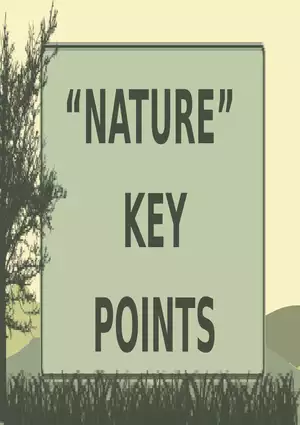Answer Key
Cell Respiration Review Questions Answer Key
-
University:
Central Michigan University -
Course:
BIO 229 | Nature Study Academic year:
2022
-
Views:
462
Pages:
2
Author:
pasmaking5h7
Related Documents
- Modeling Fire Behavior in the East S.F. Bay with Flam Map and ArcGIS
- Conflicting Demands on the World are Putting Enormous Pressure on the Chemical Industry
- How Soils Form
- The Flow of Energy in an Ecosystem
- Communities and Ecosystems
- Organic Turf Management at Tufts Pt 1
- Earth Science Retrogrograde Lab
- Solar System Movement of the Earth and Moon
- Earth Science Salinity Lab
- Ecology Evolution Review Answers
- Nervous System Concept Map
- Siting Solar Without Cutting Down Trees
- Tsunami Modeling Part 4
- Tsunami Modeling Part 5
- Building Emissions Perfomance Standards Appendix
- The Politics of Drought Relief - Evidence from Southern India Pt 5
- Wastewater Discharge and Impaired Waters
- Climate Impacts on Agriculture A Challenge to Complacency
- Environmental and Social Impacts of Chinese Trade in Bolivia
Report
Tell us what’s wrong with it:
Thanks, got it!
We will moderate it soon!
Report
Tell us what’s wrong with it:
Free up your schedule!
Our EduBirdie Experts Are Here for You 24/7! Just fill out a form and let us know how we can assist you.
Take 5 seconds to unlock
Enter your email below and get instant access to your document




